In this tutorial, I will show you how to create impressive 3D animations using Deforum Stable Diffusion. Whether you are a beginner or already experienced, I will guide you through the process step by step. From basic settings to advanced techniques, you will learn how to create creative 3D videos with ease.
Main Takeaways You can create simple 3D animations using the software by using videos as source material. Pay attention to the correct settings for frames, animations, and camera angles. By experimenting with different parameters and resolutions, you can achieve interesting results.
Step-by-Step Guide
Step 1: Record Video and Take Screenshot
The first step is to record a short video that will serve as the foundation for your animation. For example, you could film yourself taking a sip of coffee. After recording the video, select a final frame and take a screenshot of it. Upload this screenshot to Google Drive.
Step 2: Set Up 3D Animation Settings
Now open Deforum Stable Diffusion and go to the animation settings. Set the maximum frames to 500. In this animation, we will avoid angles and zoom, as the focus is on the camera movement.
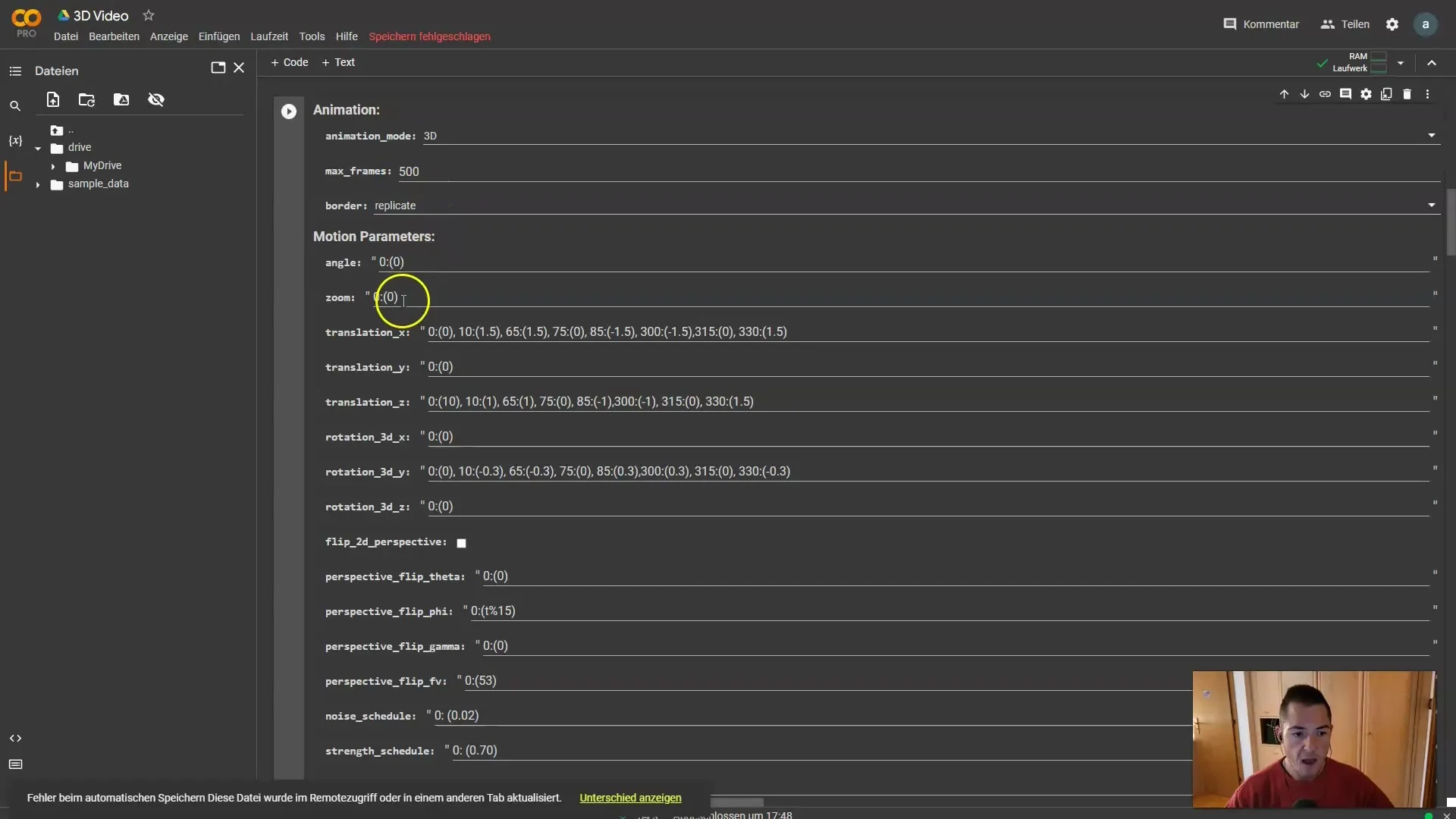
Step 3: Define Camera and Object Movements
Now onto the exciting part: the axes. You should remember what the X translation does. It moves the camera in 3D space and gives a slight movement to the object. Instead of zoom, we use Z translation. Here, we want to target the object and then zoom in.
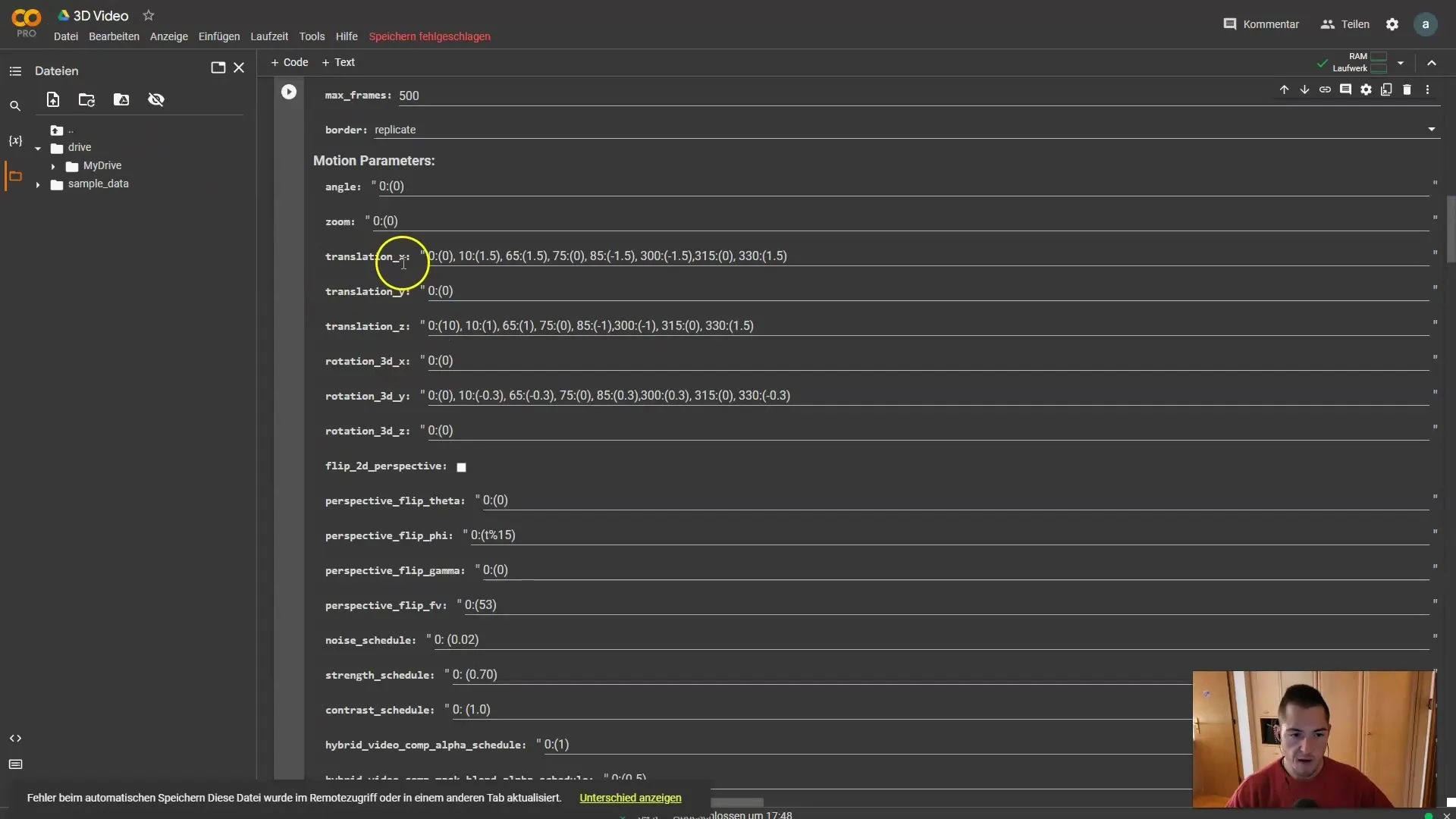
Step 4: Camera Rotation
In the next step, we should consider the camera rotation. Imagine the object is the focus, and you want the camera to move around the object. Keep the object in focus at all times.
Step 5: Adjust Animation Settings
I have kept the default settings here, but increased the strength to 0.7. Animation settings are important for the quality and execution of your animation. You can also adjust the length of brakes in the animation. I recommend choosing slightly longer brakes.
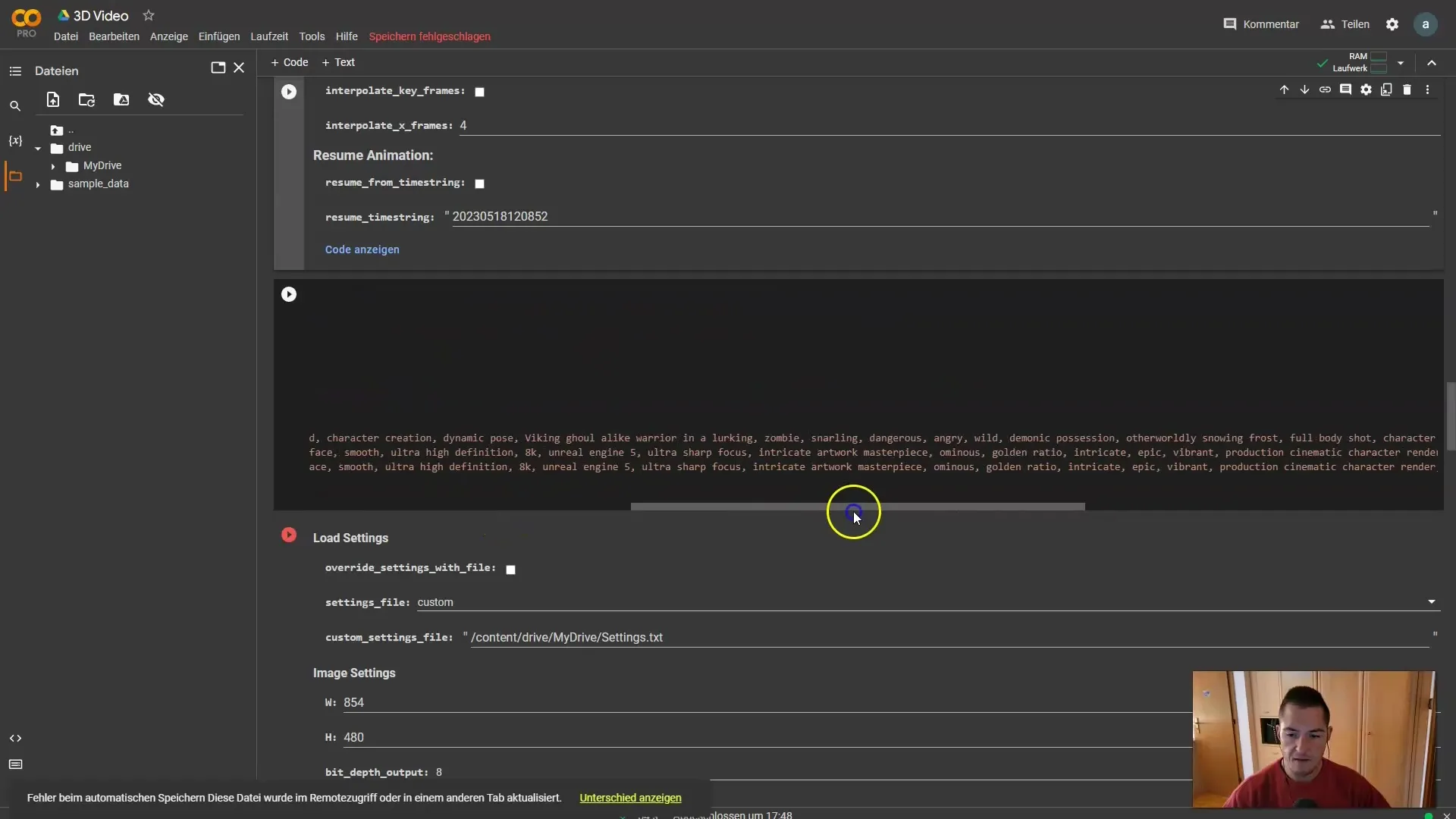
Step 6: Use Leonardo's Brakes
I used some of Leonardo's brakes to make the animation more interesting. You can simply copy these and paste them into your settings. I added the phrase "drinking a coffee" to reflect the activity in the animation.
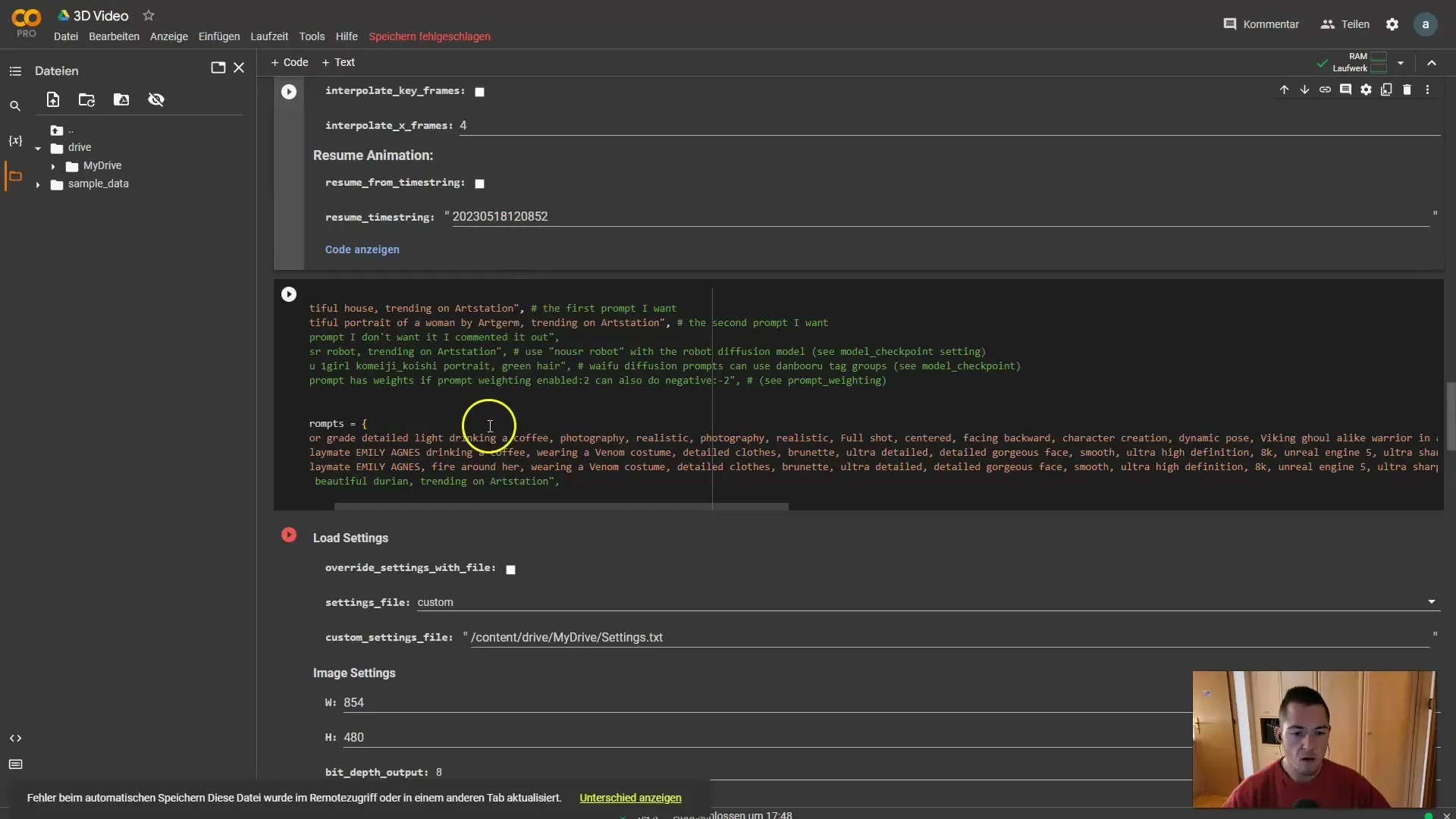
Step 7: Adjust Image Editing Settings
For image editing, I use a 16:9 aspect ratio as it fits better for most courses. However, you have the freedom to experiment with different resolutions. Increase the number of steps (here 12) for a smoother animation and make sure ITER behavior is set.
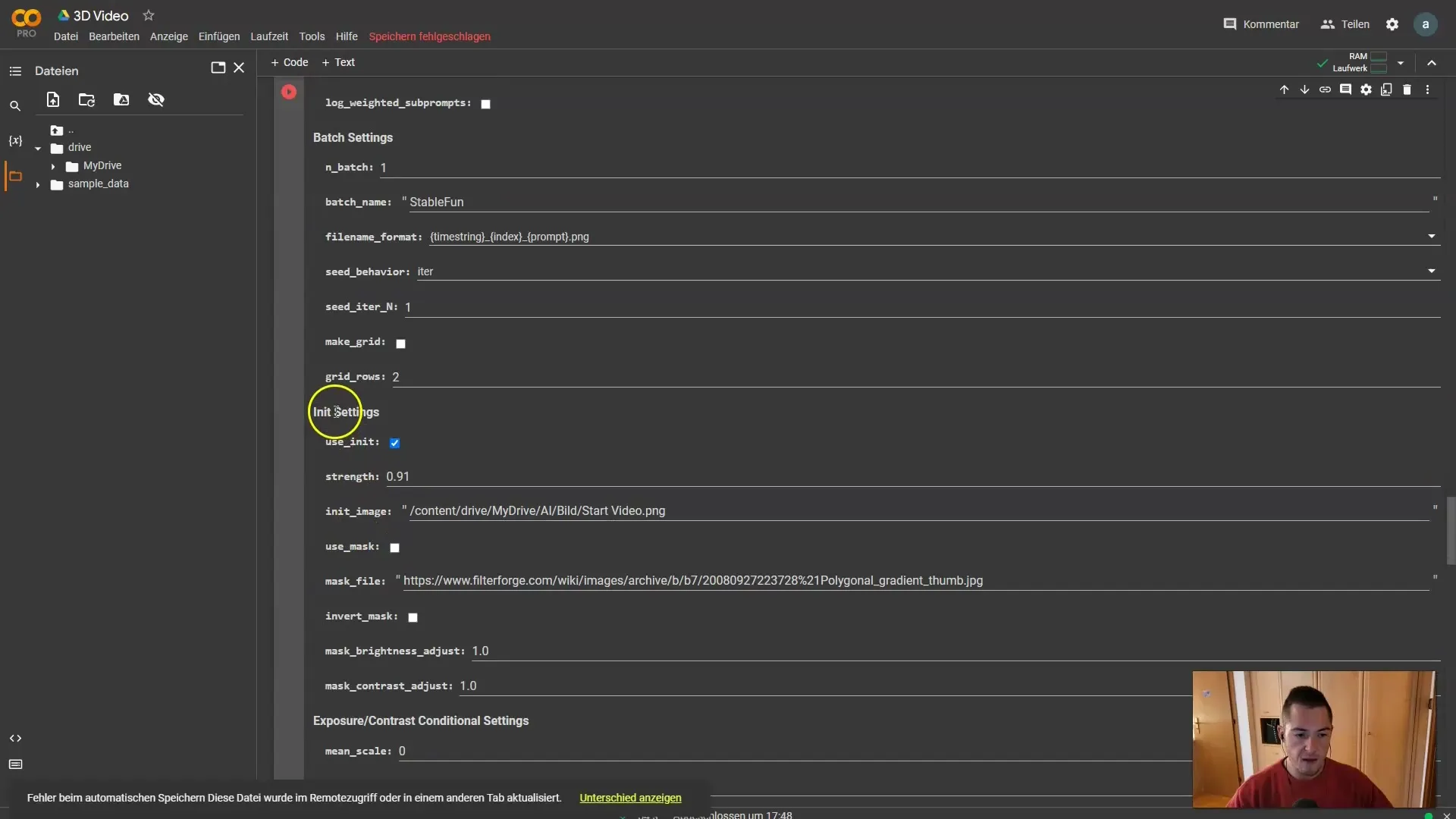
Step 8: Specify Initialization and Image Paths
Remember to activate the initialization settings. The strength should be set to 0.91 to replicate more than 90% of your initial image. You also need to specify the initialization image that you previously uploaded to Google Drive.
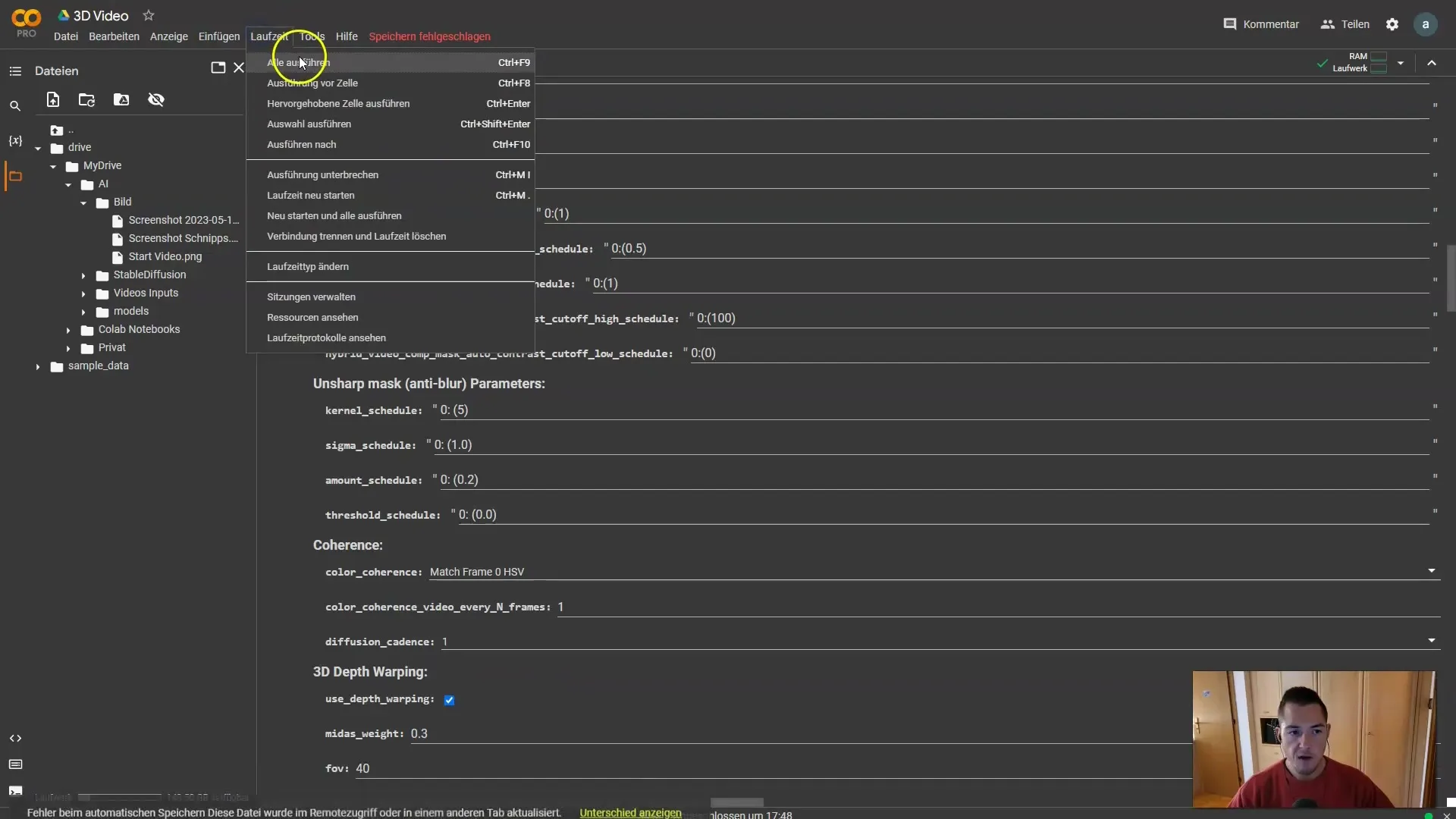
Step 9: Render the Animation
After making all the settings, all that's left is to render the animation. Click on "Runtime" and let Deforum carry out the process. Rendering may take some time as you have created a total of 500 frames.
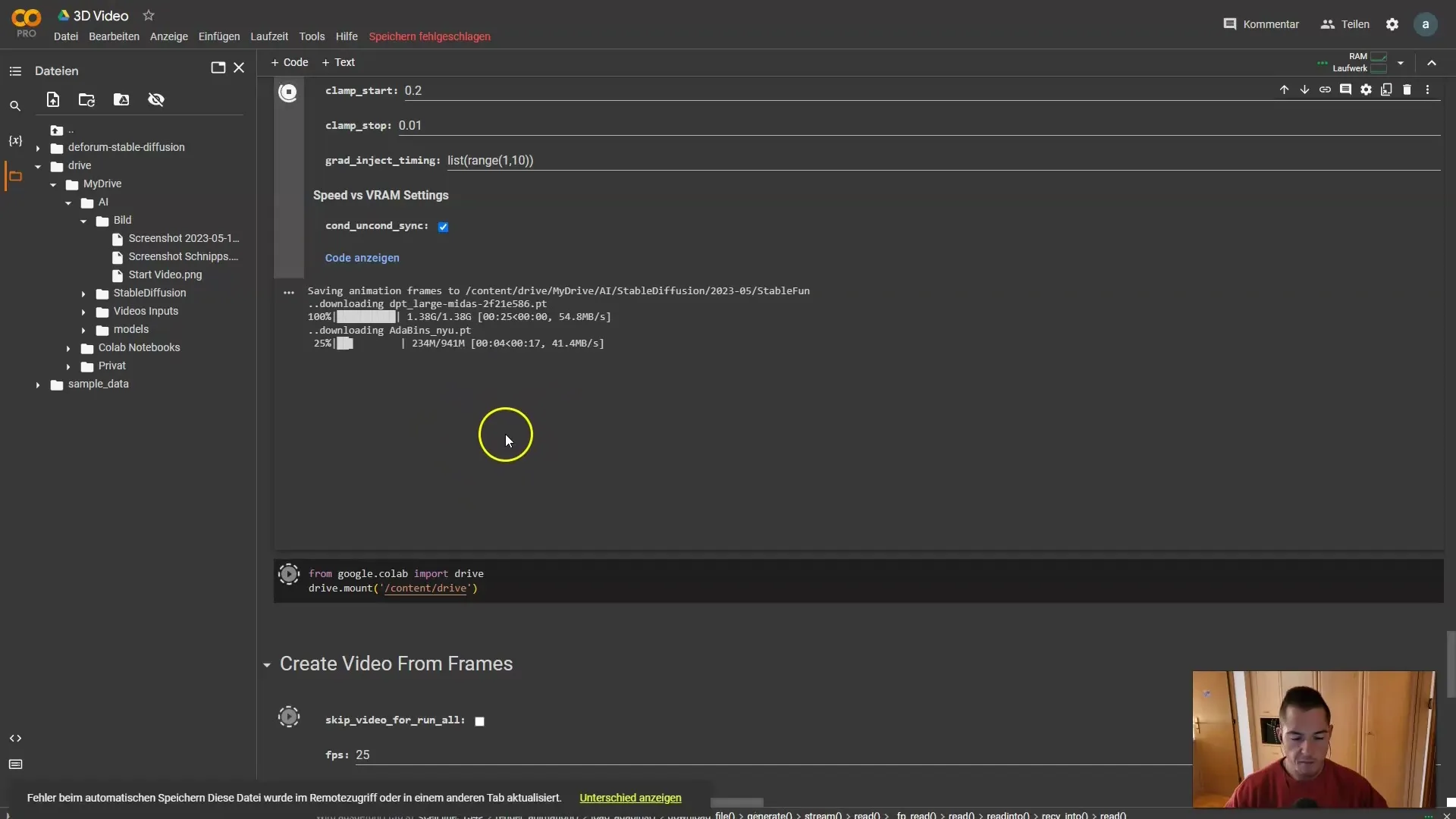
Step 10: Merge Videos
Once the rendering is complete, all frames are saved. This time, I merged them in Blender, but you can also use other software to combine your frames into a video. Possibly add music to enhance the video.
Step 11: Experiment and Have Fun
Experiment with different camera angles, brakes, and animations. Whether you're cutting, clapping, or jumping - everything you do can lead to fantastic animations. Have fun adjusting the parameters until you are satisfied with your result.
Summary
In this tutorial, I have shown you how to create 3D animations with Deforum Stable Diffusion. From recording a video to finally rendering the animation, you now have all the steps in hand to achieve impressive results.
Frequently Asked Questions
How long does it take to render a 3D animation?The render time depends on the number of frames. It may take some time for 500 frames.
Can I use my own videos?Yes, you can use any of your own videos that show interesting movements or actions.
Are there any special settings I should consider?Pay particular attention to the strength of the animation and the number of steps to ensure smooth movements.


